|
This dreamy nocturne depicts an ancient Phoenician temple complex on the tiny island of Motya, off the coast of Sicily. Active from about 800 BCE to 400 BCE, the complex consists of several buildings and altars, surrounded by a graceful, circular boundary wall called a tememos. They are all centered around a 170 by 120-foot reflecting pool fed by underground springs, the only source of fresh water on the island. The Phoenicians The Phoenicians were a highly mobile, advanced and influential culture, which originated as a conglomeration of city states in what is now mostly Lebanon. They were the ones who invented the alphabet! With that pedigree, you'd think we'd know more about them. (To read more about the alphabet, and what makes it so special, read my blog entry about The Cup of Nestor.)
The Temple Complex The Temple of Ba’al is oriented towards the constellation of Orion, which the Phoenicians regarded as the celestial representation of Ba’al. Adjacent to Orion is Sirius, another star important for maritime navigation.
An Odd Archeological Mistake The colony at Motya was destroyed by the Greeks in 396 BCE, and the temples fell into ruin. Fast forward to the early 1900's, and Joseph Whitaker excavated the site for the first time. Sometime over the centuries, a channel had been dug, connecting the formally sacred pool to the sea, filling it with briny water. It had been used as a dry dock and as a salt pan. Whitaker assumed the pool had always been connected to the sea, and called it a "cothon." In 2010, Professor Lorenzo Nigro of La Sapienza Unversity of Rome started a new excavation. But what they found didn't match up with the harbor buildings they were expecting. Then things got even weirder.
Repeating Themes Many of the pieces I have been doing for my series on Archeology Art have involved star constellations- in fact, the SAME constellations. Gemini, Pleiades, Taurus, Orion, Ares. There have been many repeating themes in this series. Stars, circles, centered and symmetrical compositions, boats, the sea, plans of ruins. But what really amazed me was when I realized this piece looks so similar to a piece I did about 25 years ago. I believe it was called City in the Belly, though it is long gone and I cannot be sure.
My inner visual impulses seem to ring true through the years. I suppose this means I'm on the right path.
0 Comments
Tree Burial II is a veritable layer cake of symbols and artistic impulses. Follow along to untangle this gritty, glorious web. Tree Burial II is a continuation of images and concepts I developed for Tree Burial I and The Nebra Sky Disc. It is a free-wheeling jazz riff on elements I gleaned during research for these pieces, elements including, but not limited to:
You can learn more about the two pieces that inspired all this crazy scientist research by reading the blog entries I have written for them. Click on their titles just below. The Nebra Sky Disc Tree Burial I Cosmological Seacraft In my research I learned about something called The Journey of the Sun. With the assistance of various cosmological creatures, the Sun traverses the arch of the sky, and at night, completes its return journey beneath the land and sea to reemerge the following day. This cycle of light and dark, day and night, symbolizes the cyclical nature of life and death. This led me to learn more about ancient boat construction, and the various experimental archeology projects that seek to reconstruct found boat remains. Sun Spirals
Anni Brøgger is a professional dancer who did her own form of experimental archeology. She performed a dance wearing a copy of Egtved Girl's costume. During the dance, the sun glinted and danced through the spirals on the shiny bronze belt plate. In a time with no lights and very little reflective metal, it must have seemed like magic. My Artistic Process Confession: I tend to overthink things.
Not so, with this piece. Tree Burial II started its life as a 48x40 drawing on a roll of watercolor paper. After working on it a bit, I changed course and purchased an even larger, 60x40 wood panel, which became Tree Burial I. I put the original drawing aside. But then I was seized by the desire to... tear it up! Visual Impressions People sometimes ask where I get my ideas. Well, I often get visual impressions in my mind, which serve as a launching point.
Geometric Tendencies I find myself attracted to square and double-square formats. In this case, I used a 48x24 panel, which I stained with burnt umber to bring out the wood grain, referring to the wood of the tree and tree coffin.
I love the fishes twirling and consuming each other, with the calm presence of the Madonna in the center. It brings to mind the Ouroboros, another symbol of the life/death cycle. Solar Boat Petroglyphs Spurned on by my fascination with The Journey of the Sun, I sought out Nordic solar boat images that would suit. Most surviving examples are from Scandinavian Petroglyphs.
Following a Trail
An addendum to this entry is that Tree Burial I begat yet another piece about boats, stars, and sun-cycles entitled The Sun's Nocturnal Return. You can see and read about it HERE. Tree Burial II 48x24 Acrylic, collage, charcoal, conte, archival ink, acrylic heavy gel on panel Appendix: Want to make an infinity symbol? For a MAC, press Option 5 on the keyboard. For everybody else, hold the ALT key and type 236 on the number keypad on the right of your keyboard. ∞
This large 60x40 painting is inspired from am amalgamation of several different tree burials from the Nordic Bronze Age. Tree trunk, or log coffins were not an uncommon way for elites to be buried. Versions of the practice have been found in Europe, Africa, China and even Australia. In Europe, it was practiced from prehistoric times all the way up to the Medieval period. The first time I saw an image of a tree burial, what grabbed my attention is the thought of something so grand, and well, so vertical would be felled, and buried beneath the earth, eternally horizontal, to intern the dead. With a modern, conventional coffin, the tree is no longer a tree, but a series of dressed planks, fashioned into a box.
The Egtved Girl In 1921, near the town of Egtved, a farmer dug and spread soil from a mound on his farm. In it he found a large, recumbent oak tree trunk. Log coffins had been being unearthed for about a century in Denmark, so, he knew what he had run into. He wrote a letter to the National Museum of Denmark, telling them what he’d found, with a request that they hurry up and come take a look, because, after all, he had work to do.
Grave Goods Egtved Girl's age and gender are unique in such a rich grave. From her teeth, we can tell she was about 16-18 years old when she died. In the coffin with her are:
But it is her clothing that makes her so famous. She wore a short, wool blouse. She had a quite short skirt made up of cords, so that when she moved, you could probably see her nether regions through it. (This caused a scandal back in 1921 when it was discovered!) But her signature fashion feature was her bronze belt plate.
My Creative Process In making Tree Burial, I chose to include elements from various tree burials, though Egtved is the main one.
These I traced onto my panel using transfer paper, which I then re-drew with pencil and paint. Next I worked on that belt plate. I painted it with bronze colored paint. It looked quite arresting there, near the center of the painting! Getting the spirals correct took a bit of time. Life, Death and Wonder Presumably, we make art so that someone will hang it on their wall. So, sometimes I have to pause and ask myself; why would someone want a large painting of a burial, no matter how interesting it might be? In my series, Archeology Art, I find myself dealing with some pretty macabre subjects, such as burials and remains. But I guess, I just don't experience them that way. In pre-modern times, death was all around us, all the time. The loss of a loved one is difficult for anyone, regardless of how frequently death visits. However, people in the past seemed to have a very different relationship to human remains, handling them with aplomb, even with creativity. They dressed them, provided for them, moved them around, took them from one grave to another, disarticulated their bones, even took pieces of them home to live with them and their families, a sort of eternal house guest. Our modern world has moved away from this cozy relationship with the dead. This shift is understandable; it's human nature to avoid pain, especially the existential terror that accompanies losing someone. And yet, it is just another way that we have been cut off from the natural world. In Tree Burial I, I blend elements of death (coffin, corpse,) and life (tree, yarrow, sun-spirals,) along with tokens from the modern excavation. I creatively explore the theme of the life/death cycle in my unique, modern way. Video of My Cool Compass... Ah, the life of an artist.
One boat is Film Noir, the other boat is Archeology. One boat is public-facing promotion, the other is private art practice. One boat is a confident beating of the drum, the other is diffident exploration.
Meanwhile, I was carving out an hour here or there to do some deeply challenging experimentation in the studio.
Like a lot of things, posting on social media is easier the more you do it, and the less you do it, well... the less you do it. Social Media- a blessing and a curse. Having a social media presence is practically a must for an artist these days. I have long since came to terms with the fact that I am not, and probably never will be, a social media sensation.
But you know folks, I just can't seem to make myself do it. Despite of, or maybe because of, having to appear confident for all the shows I've been having, I have been particularly reluctant to show my process like I normally would. What I need to do, is start afresh. A Social Media "Sabbatical"
Fortunately, I am old enough that I do remember those times. Bringing back a bit of that peace and privacy may be exactly what I need.
Libraries aren't just for books! I’m very excited to say that I have been invited to participate in the Lake Oswego Reads program.
In addition to being an author, Wilson is the former Executive Director for Dream of Wild Health, an Indigenous non-profit farm, and the Native American Food Sovereignty Alliance, a national coalition of tribes and organizations working to create sovereign food systems for Native people. Wilson is a Mdewakanton descendant, enrolled on the Rosebud Reservation. The Seed Keeper This dense, multi-layered story is about Rosalee Ironwing Meister, a Native American Dakota woman, and her quest to become whole. Interwoven into the story is the recounting of her ancestors’ struggle to survive the “Indian Wars,” relocations, boarding schools, and the collective trauma caused by these events. Throughout the book, the theme of seeds, traditions being handed down, and the evolution of farming techniques binds it all together. My inspiration and interpretation In this piece, I integrate several objects and moments in time into a single image.
The books protagonist, Rosalie Ironwing is a loner. She has had a tumultuous and insecure young life.
When John dies, she goes on a quest to make peace with her past, and in so doing regains contact with her family and her heritage. I see the envelope, the pouches, and even the old white farmhouse as being safe places for seeds and souls to rest and incubate. From that place of rest, growth is possible. Creating an encaustic-like effect The technique I used to make this piece is part of a new method of artmaking for me. I wished to create an encaustic-like effect by using layers of different types of acrylic media. Encaustic is painting with hot wax. It is an ancient painting medium that has seen a rebirth since the 1990's. Because it is wax, it has a beautiful, foggy opacity. The wax can be applied and fused in layers, so there are often multiple images peeking through, creating depth. First, I drew and painted the main image. Then I covered it with Golden Clear Leveling Gel, then Golden Heavy Matte Gel. Then I drew the house/envelope. I added more color and detail to it. Then, using a scumbling technique, I intensified the white snow in the center of the image by adding titanium white and pearlescent silver. Many of the effects and details cannot be properly seen in a photograph, because there is depth iridescence and a wee bit of sparkle. The Lake Oswego Reads Art Exhibition will hang at The Dee Denton Gallery in the Lakewood Center for the Arts, then move to multiple venues throughout the state of Oregon.
A series on how film noir inspires my art- Final Entry! So, Why Noir? Being an artist may look like fun, but it is tough. Putting yourself out there for others to see is perennially disquieting. In order to make it all worth it, the subject and method has to be captivating. I am compelled to tell a story with my art. No matter if it is based on Shakespeare, mythology, or film noir, I am driven to explore and share the landscape of my imagination.
For now, I am entirely caught up in the dark labyrinth of film noir. But who knows what future stories my art will tell? Need more noir? Check out The Film Noir Foundation, which restores films noir and shows them at their film festivals. It's founder, the Czar of Noir, Eddie Muller, is also a host on TCM's Noir Alley, which shows films noir every Saturday night and Sunday mornings. Why Noir? is a series! Read 'em all.
A series on how film noir inspires my art- Entry #9
The themes are universal and can be ascribed to any individual. So, I can change the outer identities of my characters, and it can still be noir. The scenes in my artwork are presented without irony and are imbued with an immediacy which invites the viewer to experience the scene as a contemporary moment.
The adaptability of film noir characters allows me to enlarge the limits of my understanding and expression. Why Noir? is a series! Read 'em all.
A series on how film noir inspires my art- Entry #8 When we are engrossed in a mystery novel, the complicated plot tangles we must unravel keep us entranced. The characters in noir are caught in a web of intrigue and moral ambiguity. Their exploits involve daring and danger, plot twists and betrayals. They usually believe they can manipulate a situation to their advantage over another. The dream I weave in my paintings is a version of myself who is, in a word: clever. Very unlike who I really am.
Like getting into a good novel or movie, my paintings invite you to take time and decipher what is being presented. Why Noir? is a series! Read 'em all.
A series on how film noir inspires my art- Entry #7 A long time ago, a wise friend counseled me, saying “Romance is about NOT being fulfilled, it’s about longing.” The characters in film noir practice a lot of bad behavior. They smoke and drink, lie, cheat, extort and manipulate.
You could say I vicariously through my own art. Why Noir? is a series! Read 'em all.
A series on how film noir inspires my art- Entry #6 How many times have you said to yourself, "this is a bad idea,"- then went ahead and did it anyway? This is the essence of the typical male protagonist in film noir. A guy who is presented with a choice, and even though it is a bad idea, he goes forward with his instincts, his craving, his desire, his compulsion, his desperate need, instead of what we know would be the right choice. He must live, or die, by that fateful decision. We watch the drama unfold, unable to look away. Men have their own particular burden to carry. They are supposed to do, to achieve, attain, and win. But the world does not have a level playing field. Additionally, he knows that when the going gets tough, he's the one who is expected to run into the fray, stare it down and fix it. But what if it is unfixable? The strive to win against all odds is often what motivates Antihero- or the giving up is what fuels his self-destruction. The Homme Fatale Not all Fatales are Femme. Any androsexual will tell you so.
But this is an illusion. Another cathartic mechanism in the fantasy world of film noir. In the real world, such men are exasperating at best- dangerous at worst.
But here we must ask the age-old question; is the catharsis we gain from art worth the messaging it perpetuates? Why Noir? is a series! Read 'em all.
|
Take a Closer Look.
Here is an intimate, in depth glimpse into my thoughts, inspiration and artistic process. Categories
All
Not seeing what you're looking for? My previous blog on blogspot can be found HERE.
|


















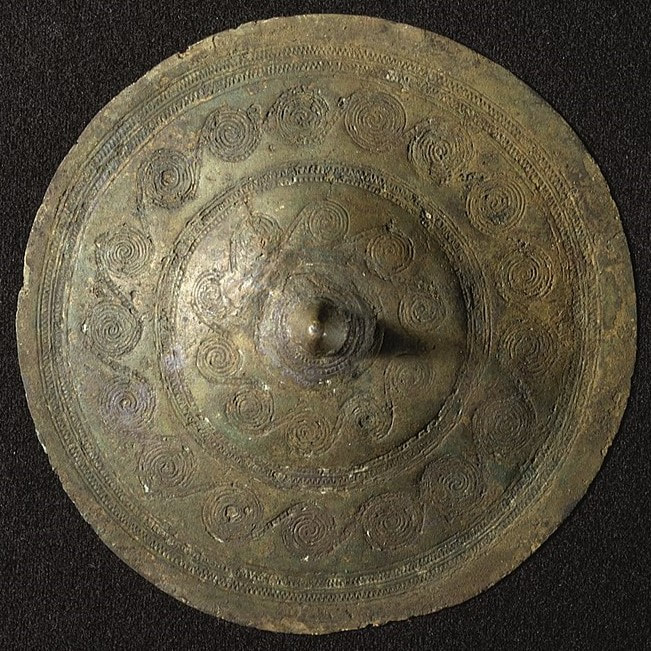




















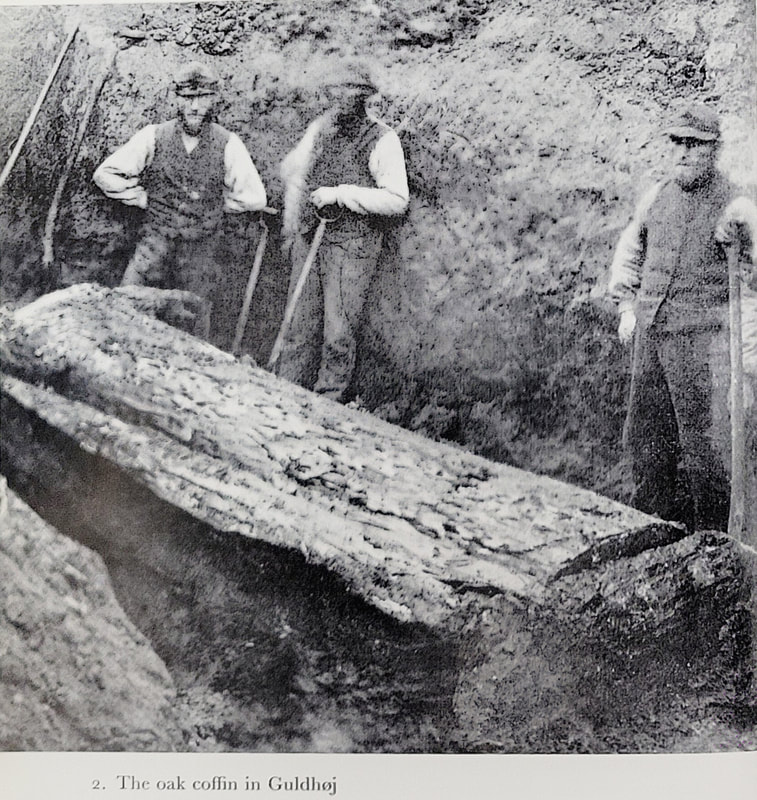





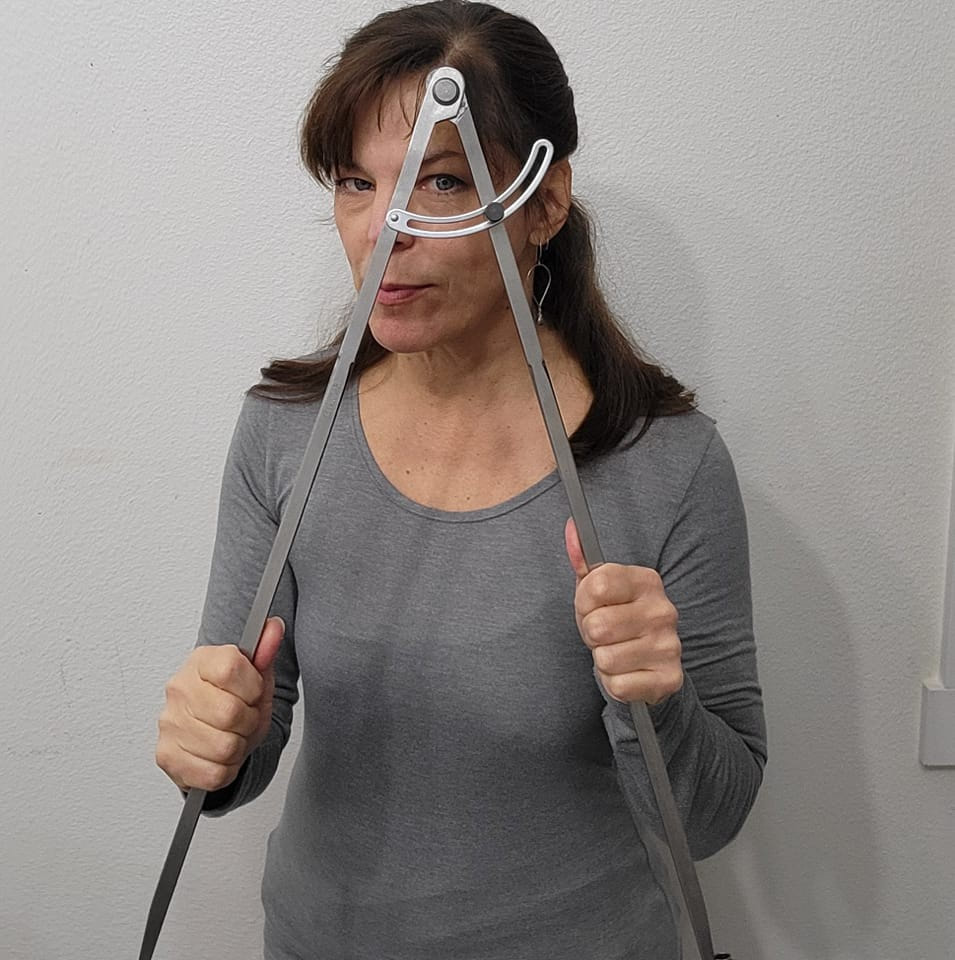




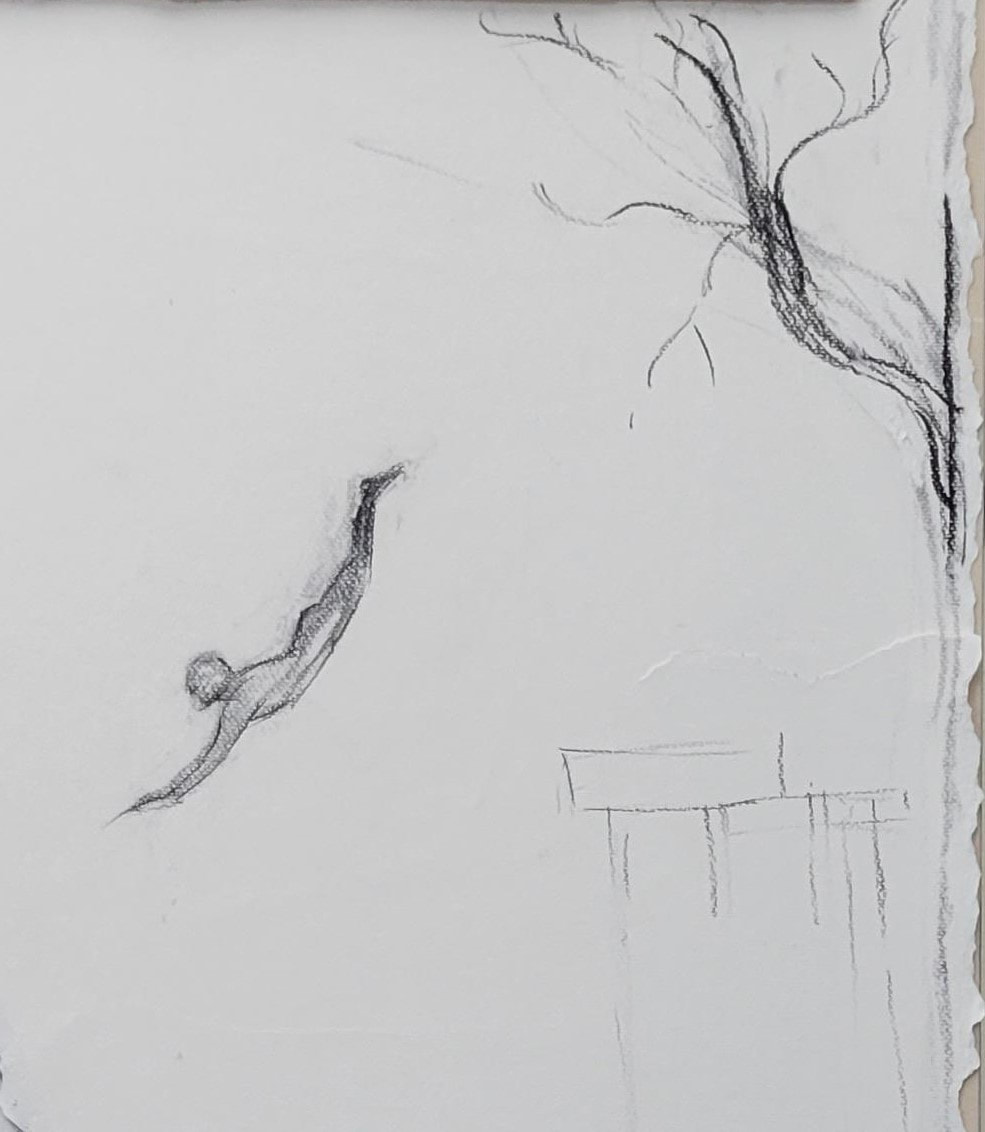

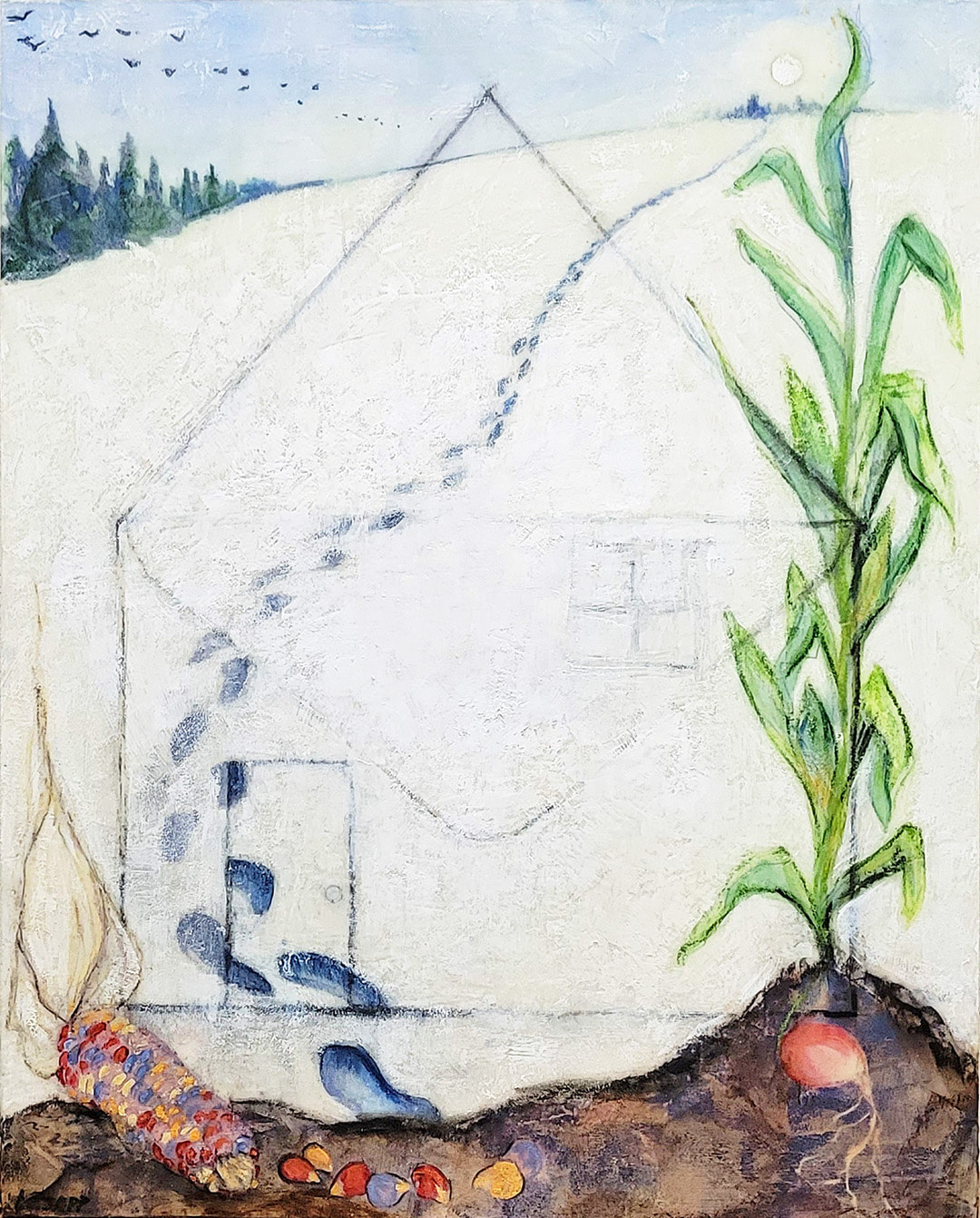



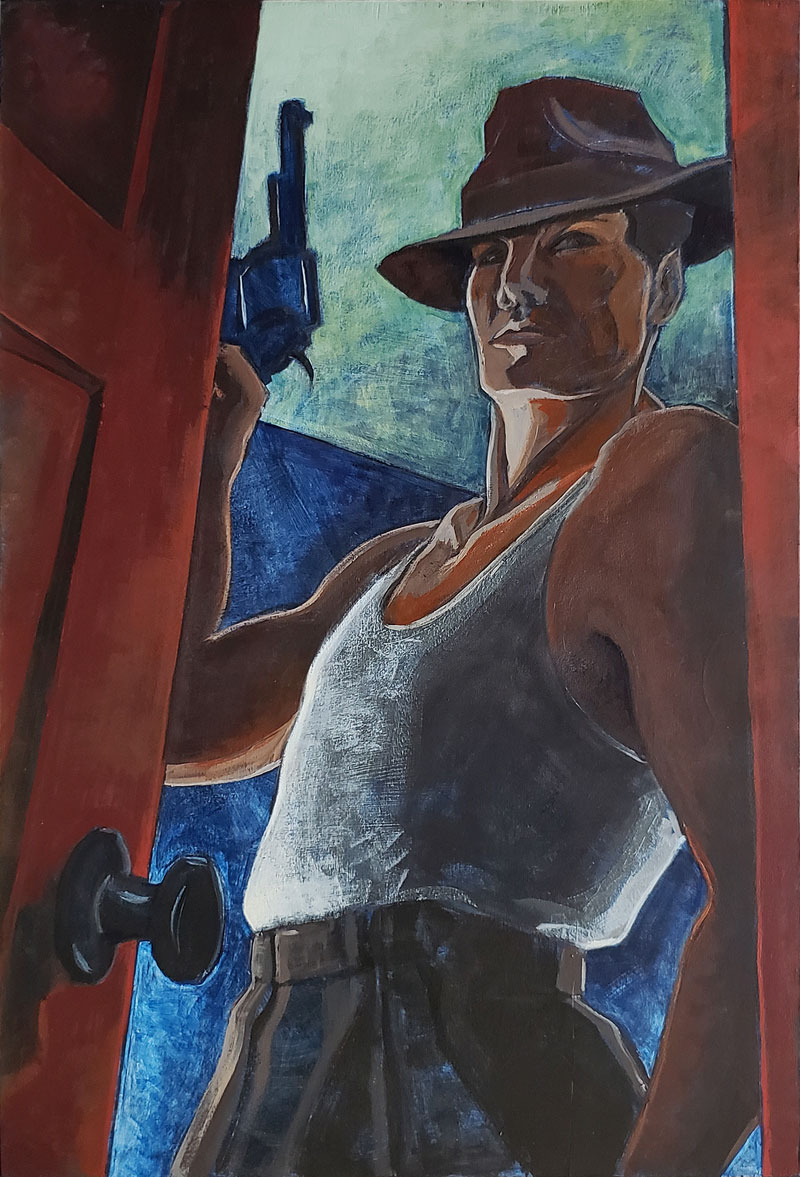

















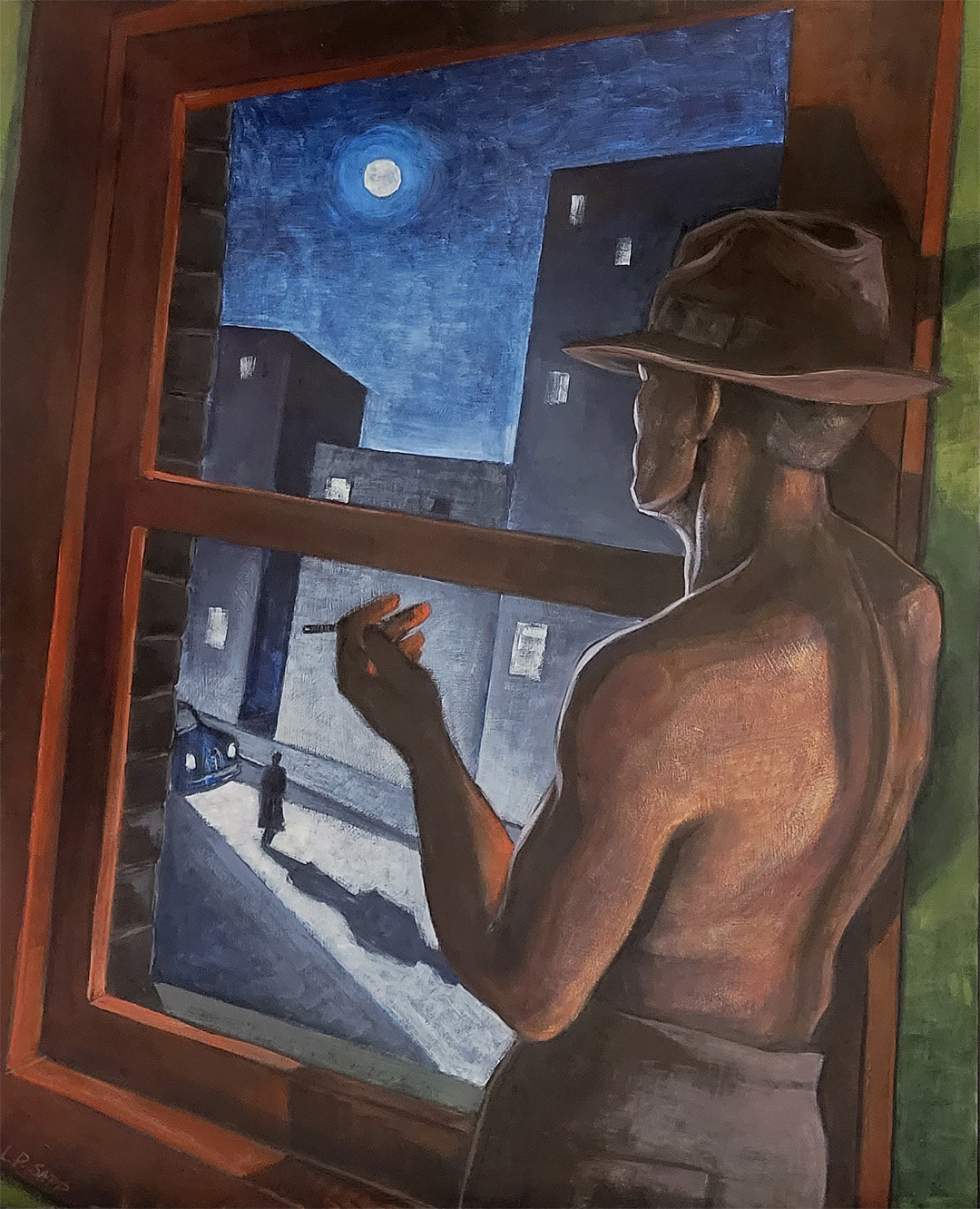

 RSS Feed
RSS Feed